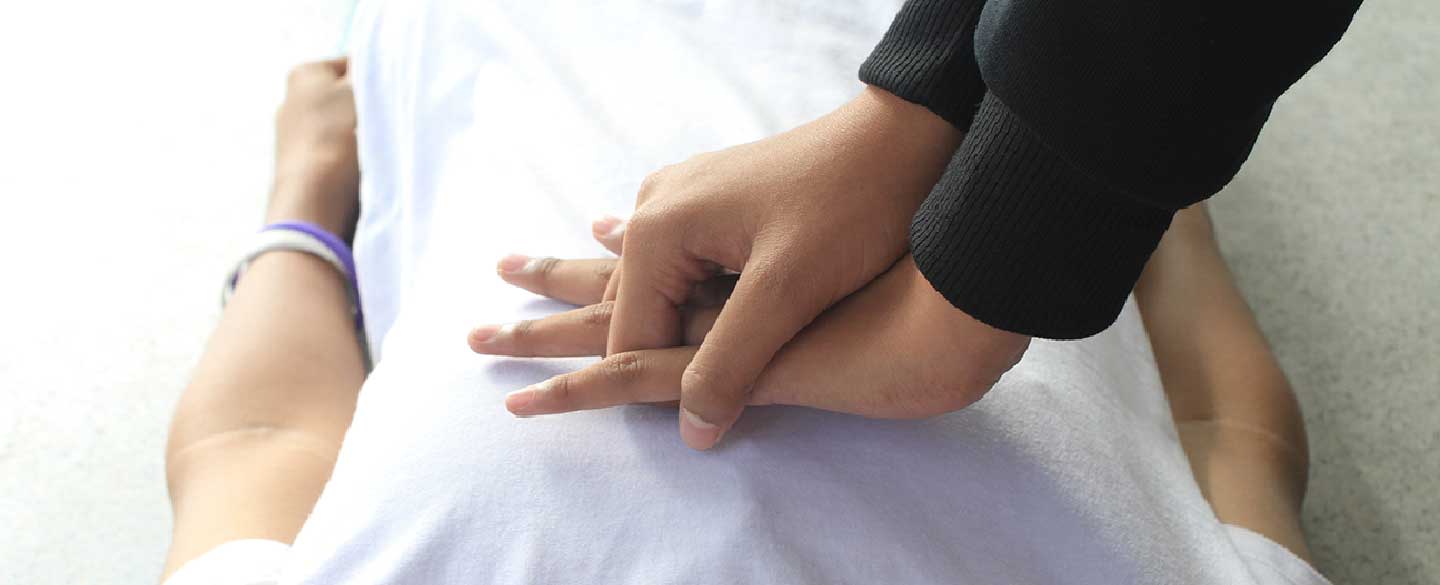
It is unfortunate that a heart attack, stroke, or any other kind of accident can show up out of nowhere every day. Therefore, it is important for bystanders to be equipped with the right mind-set and techniques so as to effectively administer CPR and AED to prevent death in the event of cardiac arrest. Furthermore, if you have experienced a heart attack, it will be useful for you to know the tell-tale sign of a second heart attack.
What is Cardiopulmonary Resuscitation (CPR)?
Cardiopulmonary resuscitation (CPR): A life-saving emergency procedure that involves breathing for the victim and applying external chest compression to make the heart pump. Keeping the blood flow active – even partially – extends the opportunity for a successful resuscitation once trained medical staff arrive on site.
How do we recognize a second heart attack?
If you have had a heart attack, you are at an increased risk of having another. Taking control of your own heart and blood vessel health can significantly lower your chances of having a second heart attack.How
One common heart attack symptom is the feeling of pressure in the chest, like a rope squeezing around it. The pressure also may be lower than the centre of the chest and be mistaken for acid reflux. Other symptoms are accompanied by cold sweats and having the feeling to faint.
These are the possible tests you can look out for when you consult your cardiologist:

